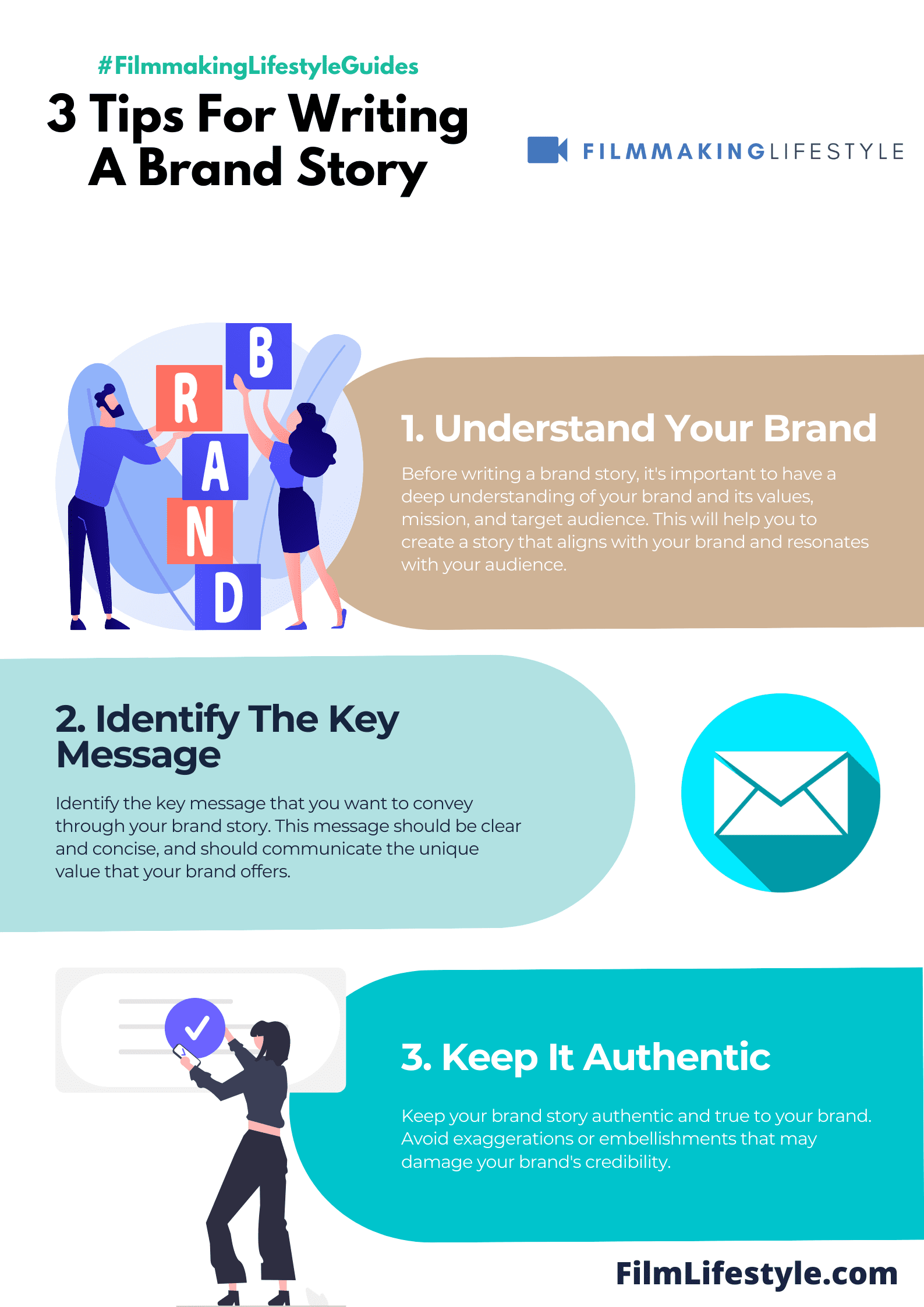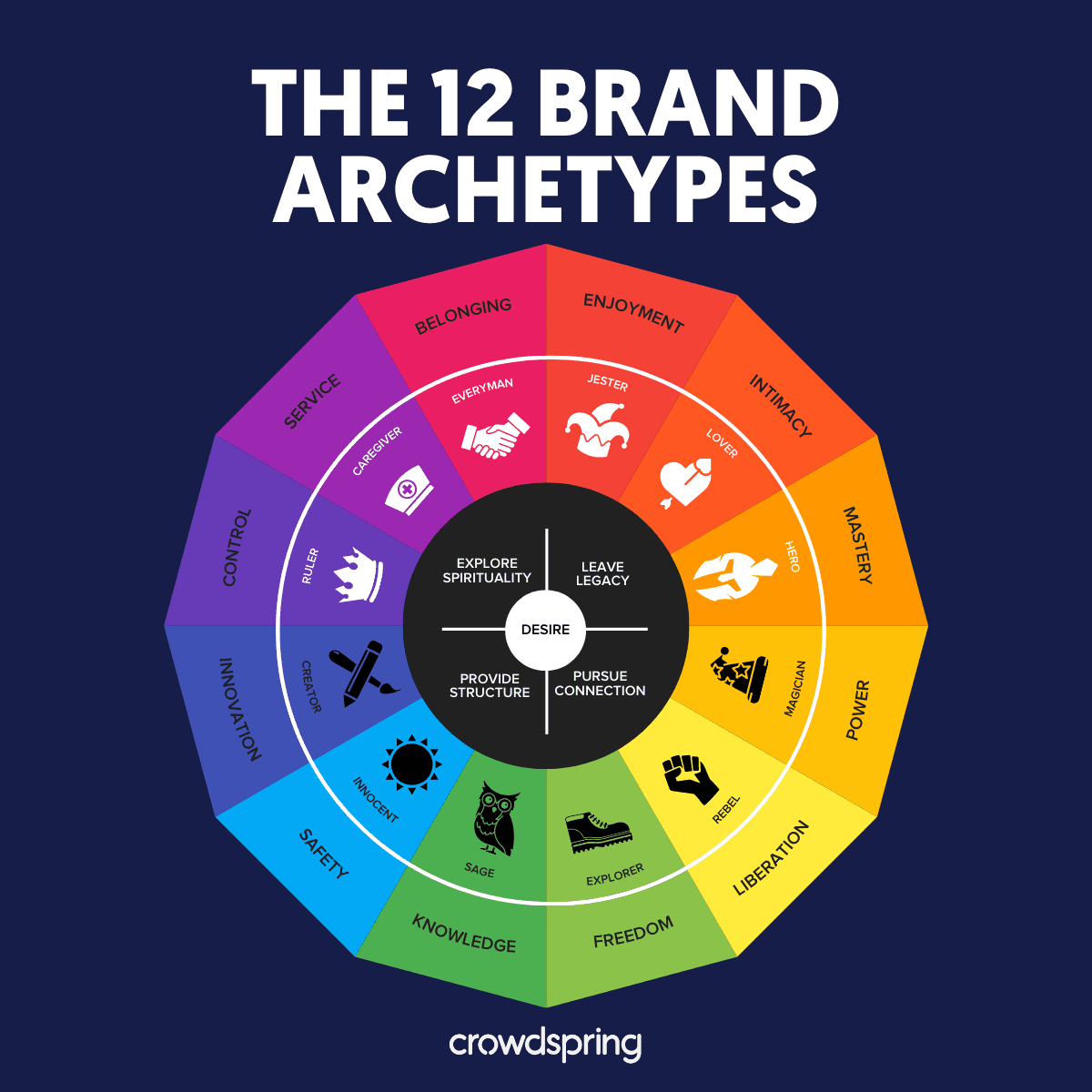A brand story isn’t just a catchy tagline or a flashy logo; it’s the heart and soul of your business, narrated in a way that resonates with your audience.
It’s how we connect on a deeper level with our customers, weaving our values, mission, and experiences into a compelling narrative.
In this article, we’ll explore the elements that make a brand story truly captivating and why it’s crucial for any successful marketing strategy.
Stick with us, and we’ll show you how to craft a brand story that not only tells who you are but also why it matters to your audience.
What Is A Brand Story?
Every brand has a story to tell, a narrative that conveys its essence beyond products or services.
It’s what sets a business apart in a marketplace clamoring for attention.
Conveying this narrative effectively can turn casual browsers into loyal customers.
It’s not just about what we sell; it’s about sharing the journey that led us here.
A brand story encapsulates the values, mission, and experiences that define us.
Think of Apple’s origin story in a humble garage or the rugged individualism that Harley-Davidson evokes.
These stories aren’t manufactured; they’re authentic accounts that resonate with our audience at an emotional level.
They’re the living embodiment of our brand.
Crafting a story requires introspection and honesty.
We must jump into:
- Our founding principles and how they’ve sustained us,
- The challenges we’ve overcome and the lessons learned,
- The aspirations that fuel our innovation and drive.
Our story should be relatable and inspiring.
It bridges the gap between us and our audience by humanizing our brand.
Through it, we communicate our purpose and the passion that motivates us every day.
Our audience isn’t just buying a product; they’re becoming a part of our story.
Sharing our brand story through various mediums is key.
Whether it’s through our website, social media, or content marketing, each platform offers a unique opportunity to tell our tale.
In filmmaking, we know that every frame and every scene must advance the story – the same applies to our branding efforts.
We use compelling visuals, engaging narratives, and impactful testimonials to bring our story to life and ensure it’s heard amid the noise.
The Role Of A Brand Story In Business
A brand story isn’t just a narrative we share; it’s a strategic asset that shapes consumer perception.
It’s what turns a simple transaction into a memorable experience.
Brand stories build emotional connections.
They’re why customers choose us over competitors.
Our brand story serves multiple purposes in business:
- It differentiates us from others in the market.
- It fosters customer loyalty and advocacy.
- It guides our marketing efforts and content creation.
Crafting a brand story allows us to insert our values into every conversation.
We’re not just selling products; we’re offering a piece of our culture.
Our narrative is a touchstone for every decision we make.
From production methods to customer service, our story keeps us aligned.
In filmmaking, a powerful story can elevate a mere movie to a cultural phenomenon.
Just as The Godfather or Citizen Kane did, a brand’s story has the power to resonate on a deep level.
We use our story as a lens through which customers view our brand.
It’s how they remember us and how they relate to us on a human level.
Visual elements in our filmmaking not only entertain but also enhance our brand’s narrative.
A stunning visual can make our story unforgettable.
We don’t just tell our story; we live it every day.
It’s in every scene we shoot, every edit we make, and every interaction with our audience.
Elements Of A Captivating Brand Story
Every great film begins with an engaging script and similarly, an entrancing brand story is built around key elements that resonate deeply with audiences.
The core components are akin to the essentials of a blockbuster screenplay – they shape narratives that audiences want to be part of.
Authenticity – We cannot stress enough that consumers are drawn to genuineness.
Like unscripted moments in documentaries that stay with the viewer, brand stories ring true when they reflect the reality of the company’s values and practices.
Conflict and Resolution – Much like the classic movie plot, challenges that a brand faces and overcomes are crucial.
Viewers are captivated by stories in Rocky not just for the boxing matches but the personal battle against the odds which mirror a brand’s journey towards achieving its mission.
- Relatable Characters: Just like a film’s protagonist, a brand should have relatable characters or brand champions embodying its values and mission.
- Vivid Settings: Set the stage with memorable scenarios, much like the iconic landscapes in The Lord of the Rings, to immerse consumers in the brand’s world.
- Emotional Connection: Elicit emotions to win hearts. We remember films like The Pursuit of Happyness for the emotional rollercoasters they take us on.
Consistent Theme – Keep a consistent theme throughout all brand messaging.
Inconsistencies are like plot holes in films; they leave the audience confused and disengaged.
With these elements, a brand story forges a powerful connection, much like cinema does.
It’s about crafting a narrative that’s not just heard but felt, ensuring that the customer’s journey with the brand is as fulfilling as the hero’s journey in their favorite film.
We know the power of these elements and integrate them into the brand stories we create, weaving a tale that stands the test of time.
Why A Brand Story Is Crucial For Marketing
In today’s crowded market, standing out is more challenging than ever.
A compelling brand story sets us apart, transforming our brand from a mere product or service into a character in our audience’s lives.
Much like in cinema, our brand narrative builds emotional bridges.
Audiences are more likely to remember and feel connected to brands that evoke emotions, much as they do with films like The Shawshank Redemption or The Godfather.
But why is this connection so important for marketing?
- Builds Trust – Consumers purchase from brands they trust. Our story creates a rapport that goes beyond transactions.
- Inspires Loyalty – Engaging tales turn customers into brand ambassadors. They’re more willing to support and share our story if it resonates with them.
- Differentiates in the Marketplace – With so many options available, a unique brand story helps us stand out in a saturated market.
Effective marketing isn’t just about showcasing features and benefits.
It’s about crafting a narrative that elevates our brand from a commodity to a valued part of our customer’s world.
Through a brand story, we do more than sell; we build a legacy.
Our strategic use of brand stories also plays a pivotal role in our digital marketing efforts.
SEO benefits from narratives that naturally incorporate keywords and phrases, improving our visibility and reach.
We must always remember that our brand story is an ongoing conversation with our audience.
It doesn’t end with the sale – that’s just another chapter.
By maintaining an evolving narrative, we ensure that customers remain engaged and connected to us, eagerly awaiting what comes next.

How To Craft A Compelling Brand Story
Crafting a compelling brand story requires creativity and a deep understanding of your audience.
It’s like developing a script for a blockbuster film – both must captivate the viewer and make an emotional connection.
Identify the Core Values – Pinpoint what your brand stands for.
Like characters in cinema, your brand’s values are integral to its narrative, driving the storyline and engaging the audience on a deeper level.
Understand Your Audience – We have to know who we’re speaking to.
This ensures our story resonates with the viewers, hitting the right emotional chords just as a poignant scene touches the hearts of movie-goers.
Audience insights drive narrative decisions.
– What moves them?
- What problems do they face that our brand can solve?
Create Relatable Characters – The protagonist in our brand story isn’t far off from the hero of a film.
Audiences should see themselves in this character, rooting for their victory as they would in their favorite movie.
Structure the Plot – Outline the journey.
Every story arc has a beginning that grabs attention, a middle that builds the relationship and challenges, and a high point that showcases the brand’s resolution to a pressing issue.
Use Authentic Voice and Tone – Authenticity wins hearts.
Our brand’s voice should be as distinctive as the most iconic film directors, creating a lasting impression and sense of familiarity.
Emphasize Visual Storytelling – In film, imagery plays a crucial role in storytelling.
Leverage visuals in your brand story just as effectively, ensuring that every image, color, and design choice tells a part of the tale.
Evoke Emotion with Every Scene – Don’t just tell; show.
Each point of the narrative should pull at the heartstrings or spark inspiration, much like climactic movie moments that linger long after the credits roll.
Incorporate Customer Journeys – Feature real success stories.
Authentic customer experiences act as testimonials, much like direct quotes from movie reviews, and add credibility to the brand’s narrative.
Keep the Story Evolving – A brand story isn’t static.
It should adapt and grow with the company, always staying relevant to the current cultural context and consumer needs, just as film franchises adapt to audience expectations.
What Is A Brand Story – Wrap Up
We’ve seen how a brand story isn’t just a marketing tool but a narrative thread that weaves through the very fabric of our brand identity.
It’s the heart and soul that connects us with our audience on a deeper level.
Crafting this story with authenticity and care is not just about standing out—it’s about creating lasting relationships.
By ensuring our brand story resonates with our audience, we foster a community of loyal customers who feel part of our journey.
Let’s continue to tell our story with passion and purpose, and watch as it becomes an integral chapter in our audience’s lives.
Frequently Asked Questions
What Is The Importance Of A Brand Story In Marketing?
A compelling brand story distinguishes a brand from competitors, fosters emotional engagement, builds trust, inspires loyalty, and positions the brand as a relatable character in consumers’ lives.
How Does A Brand Story Relate To Emotional Engagement?
Brand narratives resonate with audiences on an emotional level, much like a powerful movie, creating a deep connection and fostering long-lasting relationships.
Can A Brand Story Improve Seo?
Yes, incorporating a brand story into digital content can enhance SEO by providing unique and engaging material that can drive traffic and increase visibility.
What Makes A Brand Story Effective?
An effective brand story should be authentic, resonate with the target audience, be built on core values, and be consistently communicated across all platforms.
How Do You Craft A Compelling Brand Story?
To craft a compelling brand story, identify your core values, understand your audience, create relatable characters, structure your plot, use an authentic voice, employ visual storytelling, evoke emotions, weave in customer journeys, and ensure the story evolves over time.



